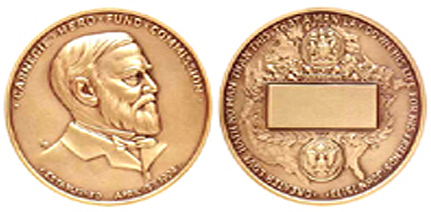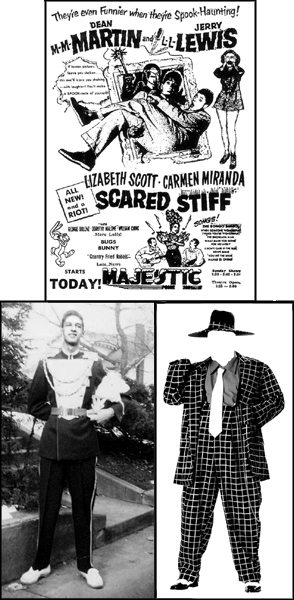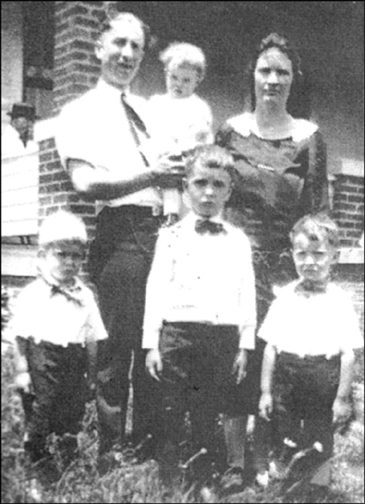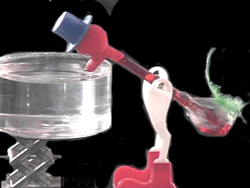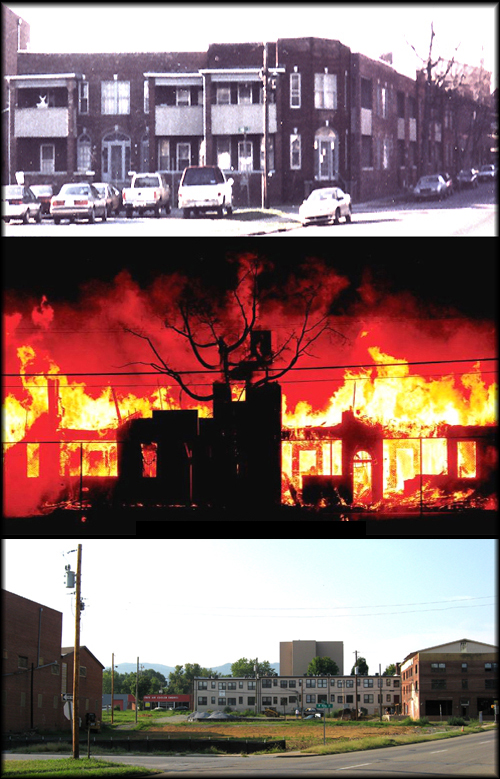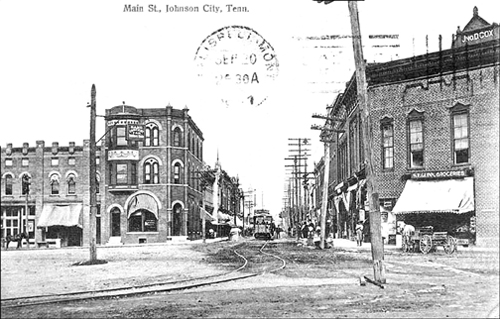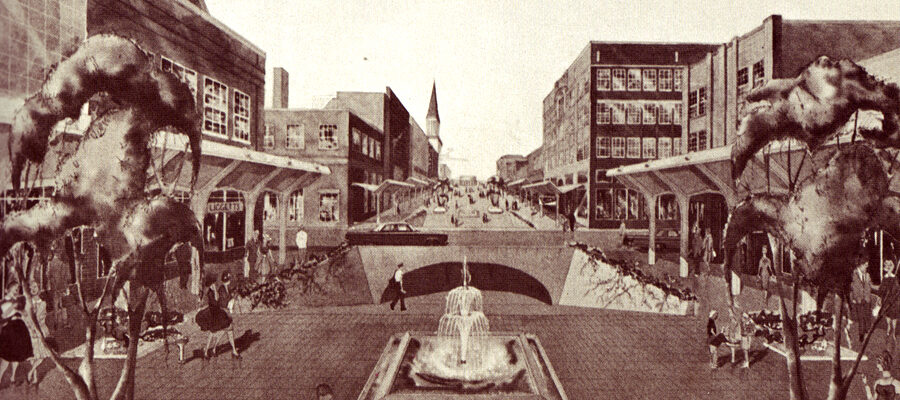Bob Tate sent me a clipping through Charles Marshall that was from a1967 Johnson City Press-Chronicle newspaper article, written by Paul Smith. It pertained to the early growth of industry in the city.
Information came from a Southern Railway promotional brochure titled, “Johnson City, Tennessee – Its Commerce, Finance and Industries, prepared by the company’s traffic department about 1909 and owned by J.E. Rumbley, retired employee of the company.
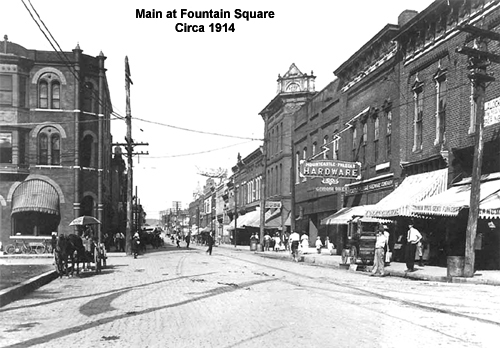
The first business noted was Harris Manufacturing (Allen and W.P. Harris, proprietors). Established in 1898, the hardwood center became one of the most important factors in Johnson City’s growth and prosperity. Among its many diverse products were plow and cantilever handles, trunk slats and dimension stock. Sells Lumber and Manufacturing Company (Sam Sells, president) was a wholesale and retail dealer that employed 28 workers. It dealt in interior finish, sash and doors, mantels, grates, tile, plaster and cement.
The brochure included scenic views of mountain railroad tracks, architects’ drawing of the projected $100,000 post office (later became Ash Street Courthouse), view of W. Watauga showing two streetcars at a passing point, the Bee-Hive Department Store, the first railroad station erected in the city that burned in 1891, the huge Cranberry Furnace in the Carnegie section, wholesale grocery of A.P. Henderson and Sons, a block structure in the 700 block of South Roan, the new Johnson City Laundry, Johnson City Foundry and Machine Works, Hotel Carnegie (large three-story structure on the site of the future Empire Furniture Company) and Soldiers Home that opened in 1903.
Also pictured was the reservoir of Watauga Water Company whose spring, owned by W.E. Burbage, supplied water to the city’s 75 fire hydrants. The old Watauga Electric Co., headed by W.P. Brownlow, served 525 customers charging 10 cents per kilowatt-hour for domestic use.
The city’s mercantile community boasted of “one of the largest, best equipped and most heavily stocked wholesale dry goods and notions houses between Knoxville and Lynchburg” known as Love-Thomas Co. Another photo in the brochure showed the three-story building opposite the courthouse, which once housed the general offices of Clinchfield Railroad before the headquarters was moved to Erwin.
The booklet also stated that Johnson City wanted more factories, became the gateway to the greatest attractions in the country, had acquired more important wholesale institutions and its manufacturing plants distributed their products to all parts of the world. Blue limestone was said to underline the surface of almost the whole of the community. It was used because it was especially adaptable, having been used for numerous building operations such as railway ballast and macadam.
The proximity of cheap fuel was a significant reason for local factories locating in the city. Johnson City was ideally situated adjacent to the great coalfields. Between 1902 and 1909, it experienced a 100% population growth. It also bragged of a thoroughly up-to-date electric street railway (streetcar) system with plans in the works to extend the present line for additional loops that included a terminus at Soldiers Home.
Another plus was the city’s telephone system with ample connections through long distance lines to almost any part of the United States.
The highly informative brochure concluded with the promise of new industries coming to Johnson City that included a $100,000 flourmill to be named Model Mill (later the Red Band unit of General Mills).

